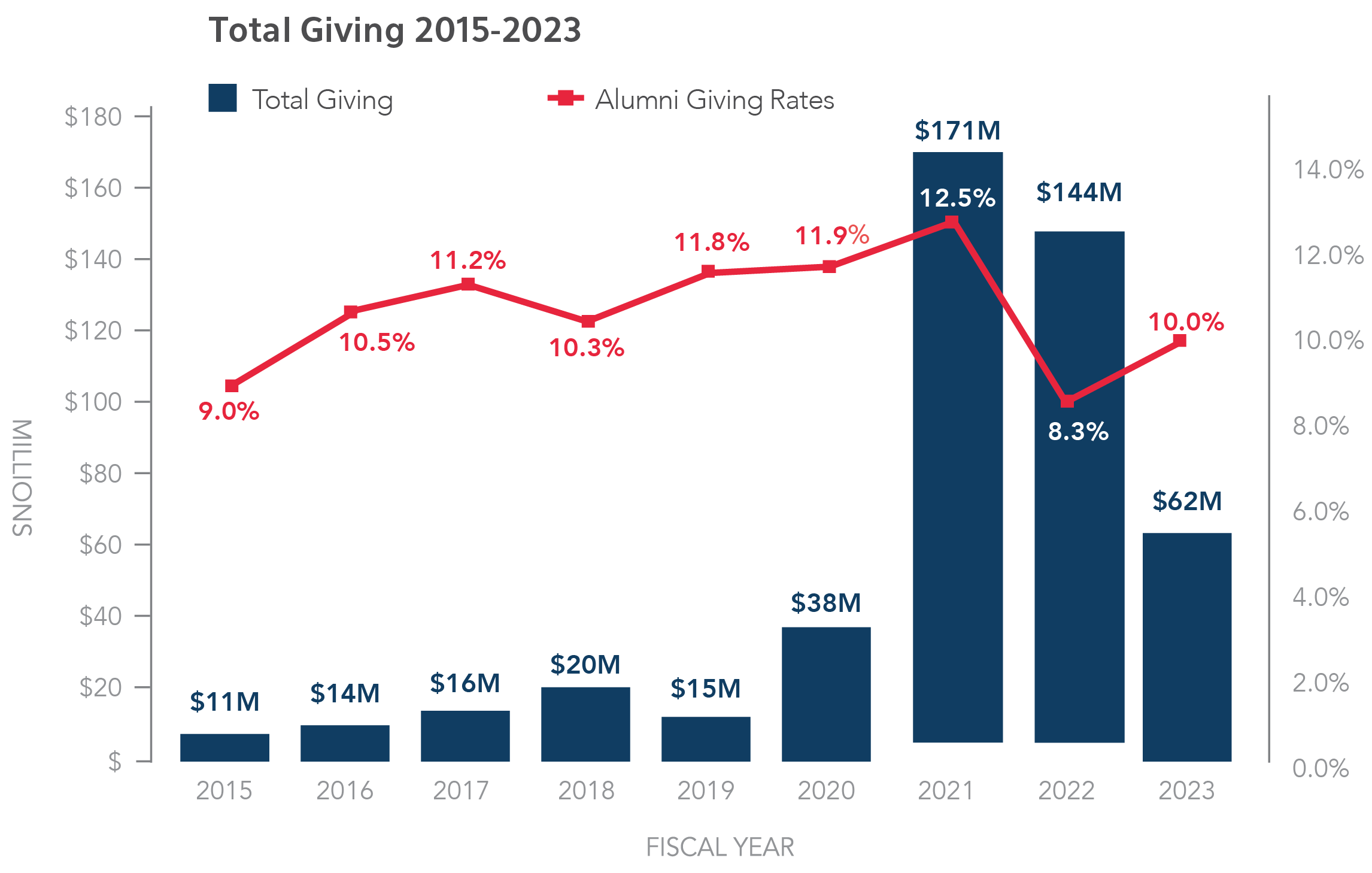Initiative 2.4
To support research that addresses local, national, and global health challenges through collaboration with STEM academic fields, such as biology, chemistry, medicine, engineering, and computer science, and the social sciences.
The Alfred P. Sloan Foundation awarded $1 million to the Quantum Biology Laboratory for Matter-to-Life research, marking a massive step in exploring the intersection of quantum physics and biology. An academic partnership with Amazon focused on machine learning and natural language processing, underscoring Howard University’s commitment to uplifting Black academics and perspectives in underrepresented fields. In 2023, Howard University became the first HBCU to lead a University Affiliated Research Center, established by the U.S. Air Force and Department of Defense. Through the center, our University was awarded a five-year, $90 million contract to conduct research on efficient, affordable, and trustworthy human-machine teaming and systems-of-systems with autonomy and artificial intelligence (AI) capabilities, aligning with the modernization priorities of the U.S. Air Force, Space Force, and DOD.



